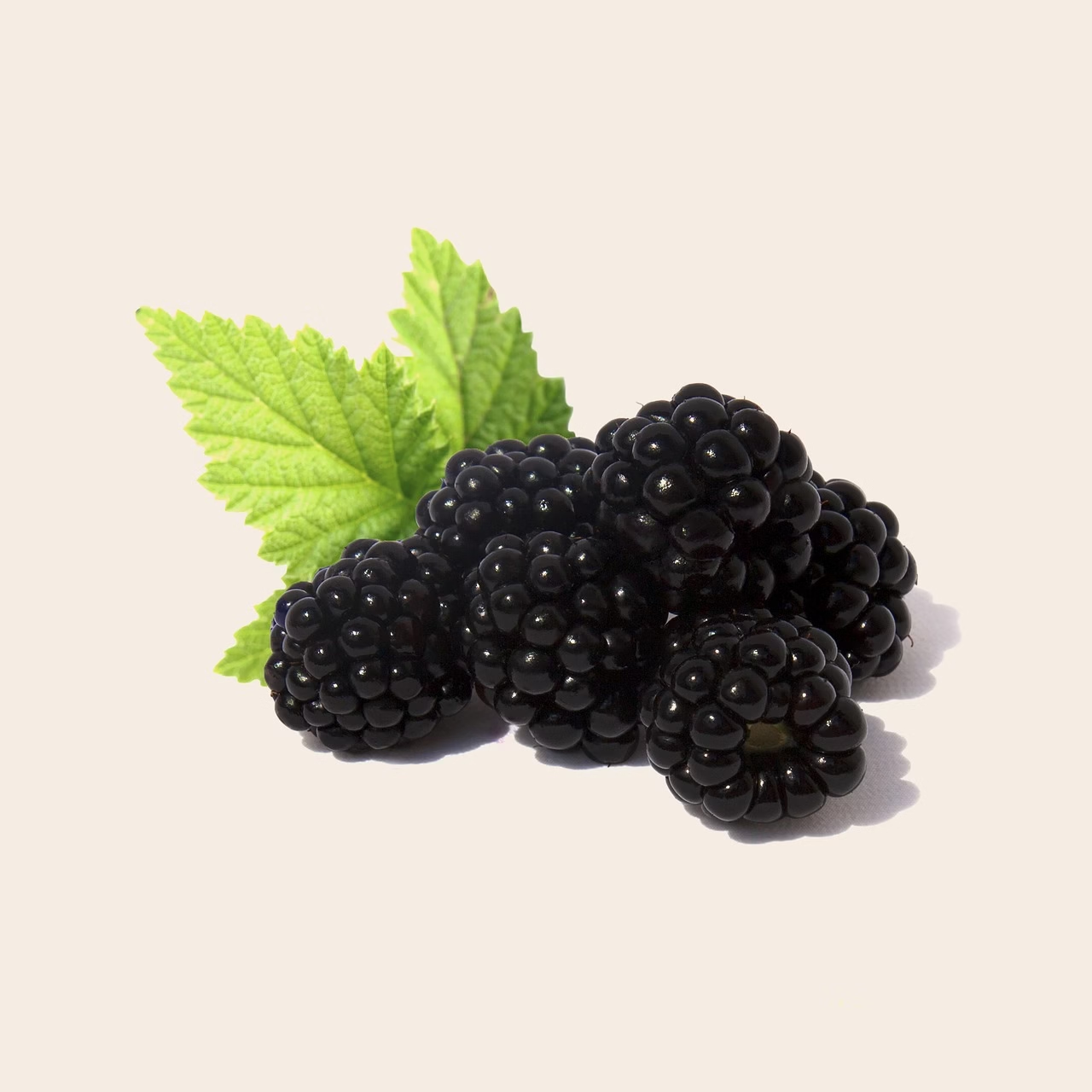Hidden Melatonin in Children’s ‘Natural’ Sleep Gummies Spark
June 29, 2025 | by Rachel Bloom

Hidden Melatonin in Children’s “Natural” Sleep Gummies Sparks Safety Probe
By Dr. Rachel Bloom | Holistic Wellness Researcher & Mom
The Wake-Up Call Behind the Sweet Dreams
When my daughter was three, bedtime sometimes felt like a game of whack-a-mole—every five minutes another request for water, a stuffed animal, one more hug. The temptation to reach for a fruity “all-natural” gummy promising peaceful slumber was real. But recent investigations have peeled back the sugar coating on these supplements, revealing melatonin doses far higher—or lower—than their labels claim. For families across the United States, that discovery has shifted from a curiosity to a public-health concern.
What the Numbers Reveal
In March 2024, the Centers for Disease Control and Prevention reported roughly 11,000 emergency-department visits between 2019 and 2022 for children who ingested melatonin unsupervised; almost half involved gummies (cdc.gov). A year earlier, a research letter in JAMA found that 88 percent of commercially available melatonin gummies contained anywhere from 74 percent to 347 percent of the dose listed on the bottle, and one popular brand contained no melatonin at all—just cannabidiol (CBD) (pmc.ncbi.nlm.nih.gov, cnn.com).
These discrepancies have triggered a multi-agency safety probe, prompting the Council for Responsible Nutrition (a leading industry group) to urge manufacturers to add child-deterrent caps and stricter labeling within the next two years (cnn.com). While that voluntary timeline ticks away, families remain on the front lines.
Why a “Natural Hormone” Still Deserves Respect
Melatonin is produced by our own pineal gland, signaling darkness and nudging the body toward sleep. In therapeutic pediatric settings—for example, certain neurodevelopmental disorders—doses typically fall between 0.3 mg and 1 mg. Yet some mislabeled gummies expose young children to forty-times that amount in a single chew (pmc.ncbi.nlm.nih.gov). Excess melatonin can cause next-day grogginess, headaches, nausea, vivid nightmares, and, in rare cases, dangerous drops in blood pressure or seizures.
“We should treat melatonin gummies with the same caution we reserve for prescription medications—locked away and dosed precisely,” advises toxicologist Pieter Cohen, M.D., lead author of the 2023 JAMA analysis.
The Bigger Picture: Supplements vs. Medications
Because melatonin is regulated in the United States as a dietary supplement—not a drug—the Food and Drug Administration reviews neither its potency nor purity before it lands on store shelves. Manufacturers can legally self-certify claims, leaving quality control to third-party labs or, too often, to chance.
Parents often assume that a gummy marketed with cartoon moons or labeled “kid-safe” has cleared pediatric scrutiny. In reality, marketing language can float far ahead of the science. Long-term data on high-dose melatonin use in children remain sparse, and sleep specialists continue to recommend behavioral strategies as first-line care.
A Compassionate Path Forward for Parents
If your household already relies on melatonin gummies, please don’t panic. Instead, consider the following grounded steps:
- Review the “why.” For occasional jet-lag or a temporary sleep setback (think: a new sibling or a move), short-term melatonin under pediatric guidance may be helpful. For persistent insomnia, dig deeper—screen time, anxiety, sleep-apnea symptoms, and nutritional imbalances are common hidden culprits.
- Treat supplements like medicine. Store them out of reach and sight, use child-resistant caps, and log each dose. Even “over-the-counter” doesn’t mean risk-free.
- Choose third-party tested brands. Look for seals from U.S. Pharmacopeia (USP) or NSF International; they certify that what’s on the label matches the contents.
- Favor micro-dosing. Most preschoolers respond to 0.5 mg taken 30–60 minutes before bedtime—far below many commercial gummy servings. Ask your pediatrician about cutting tablets or using liquid formulas for precision.
- Prioritize sleep hygiene. A cool, dark room; predictable bedtime ritual; and screens off an hour before lights-out remain the gold standard. Supplements should support—not replace—these habits.
Gentle Lifestyle Tweaks That Outperform Gummies
Research consistently shows that certain daytime behaviors set the stage for nighttime peace. Consider weaving these evidence-backed rituals into your family rhythm:
- Morning “sun baths.” Ten minutes of natural light within an hour of waking anchors the circadian clock better than any pill.
- Protein-rich dinners plus complex carbs. Tryptophan-containing foods (turkey, quinoa, pumpkin seeds) paired with whole-grain carbohydrates facilitate serotonin and, eventually, melatonin synthesis naturally.
- Mind-body wind-down. Picture-book guided imagery, toddler yoga stretches, or a simple gratitude reflection calms the sympathetic nervous system.
- Consistent timing—even on weekends. Children thrive on rhythm; shifting bedtime by more than 30 minutes can undo progress quicker than you’d expect.
The Take-Home Message
Hidden melatonin in children’s sleep gummies has illuminated a gap between marketing and medicine—a gap now large enough to send thousands of kids to the E.R. While regulators work to tighten standards, parents can reclaim agency with accurate information, mindful dosing, and a renewed focus on holistic sleep hygiene.
I’m rooting for your family’s nights to feel less like whack-a-mole and more like a serene, moonlit lullaby. May your toolbox be science-based, your home be well-rested, and your little ones drift off under the gentle guidance of healthy routines rather than unvetted gummies.

RELATED POSTS
View all



